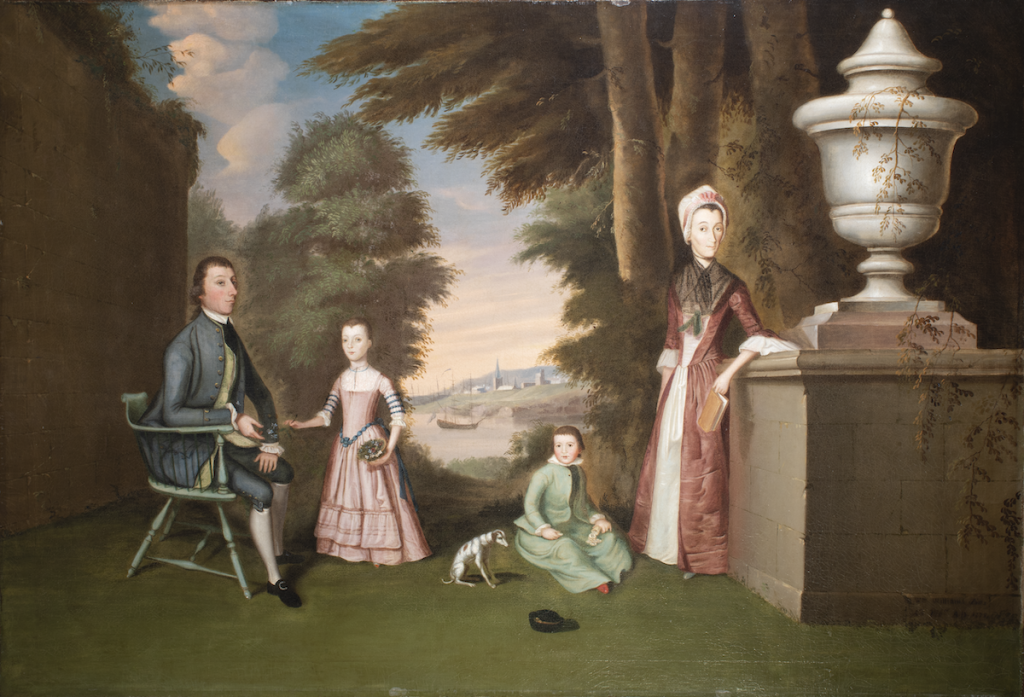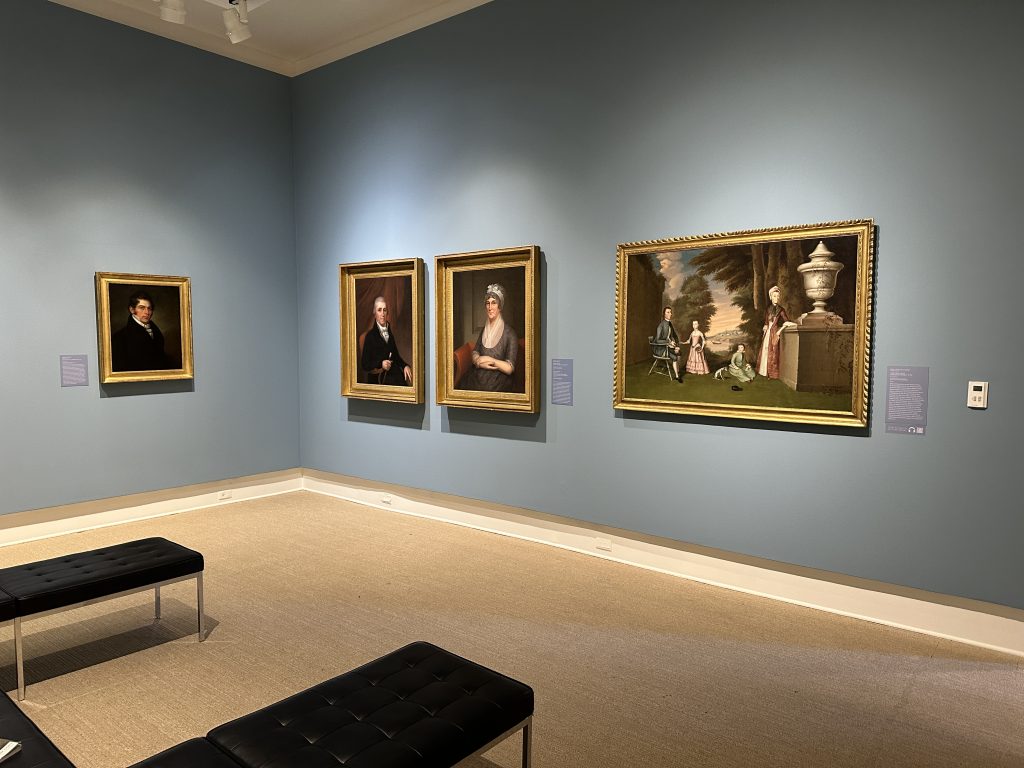
I recently gave the following address to a group of alumni from the Crummer Graduate School of Business. As Rollins Museum of Art and Crummer prepare to build a new connected space, how might we strive to develop curricular connections between art and business? Share your thoughts in the comments below. – David Matteson
The Intersection of Art and Business Education
Good evening. Many thanks to Dean Menon and the Crummer team for hosting tonight’s event at the museum. I’m David Matteson, the museum’s Associate Curator of Education and a proud alumnus of both Rollins College and Crummer.
In preparing for tonight’s talk, I was asked to address, “Why does art matter?” Certainly, a big question to answer in under 10 minutes! It’s an important reminder for me, as someone who is surrounded by museum-quality art on a near daily basis, that although visual art represents humanity’s earliest form of ingenuity, some continue to be skeptical. I find it curious that despite its comparatively short history, the question is never, “Why does business matter?”
As the Rollins Museum of Art and the Crummer Graduate School of Business prepare for this next chapter, the question at hand is actually, “Why do art and business matter together?” And more specifically, “Why do they matter within an educational context?”
As a museum educator, I have witnessed the manifold ways in which works of art affect students of all disciplinary backgrounds. Within the museum, discussions of works of art can open students to creative, divergent ways of thinking and promote a greater sense of empathy through the recognition that points-of-view are subjective—we might all see something different in a work of art. My colleague Dawn Roe, a Rollins professor, likes to say that it is called an “art work,” because the work is not just on the part of the artist, but also on the part of the viewer, who is tasked with appreciating an object’s multivalence.
What’s Happening in this Picture?

William Williams (American, 1727-1791)
The William Denning Family, 1772
Oil on canvas
40 ¾ x 57 in.
Gift from the Martin Andersen-Gracia Andersen Foundation, Inc, 2022.33
As an example, let’s consider the Portrait of the Denning Family painted in 1772 by American artist William Williams, which is a recent addition to our collection and is currently on view in this gallery.
Museum educators trained in Visual Thinking Strategies—the Museum of Modern Art’s inquiry method for discussing works of art with visitors—always begin with the question, “What’s happening in this picture?” This is meant to solicit a descriptive analysis, listing off the things we see in the painting.
We see a family, with the father, William Denning, sitting on the left and the mother, Sarah Denning, standing on the right. In between the parents, we see their six-year-old daughter, Lucretia Ann, who is handing her father a flower, and their four-year-old son, William Jr., who has chucked his hat onto the floor in front of him—can you imagine trying to keep a child from squirming while he’s having his portrait painted?
We might also notice the wall to Mr. Denning’s left—for those in finance, that’s an allusion to the original wall of “Wall Street,” along which the family lived in New York City.
There are many attributes in this painting meant to suggest the family’s wealth and social station: their fine formal wear, the palatial decorative urn, even the book in Sarah’s hand, all may be interpreted as testament to this family’s belonging to the upper ranks of colonial society.
What More Can We Find?
We could leave our discussion of this painting here, accepting it as just another example of a well-to-do, early-American family—albeit one with a very sad dog deserving of our pity! But when I approach this work with our students, I always ask the more critical follow-up question in the Visual Thinking Strategies method, “What more can we find?”
What more can we find when we ask: why are the father and son sitting, while the mother and daughter are standing? The likely explanation is that Sarah and Lucretia’s tight corsetry would prevent them from sitting. This realization may prompt us to discuss women’s roles in colonial society, and the effects of beauty standards both past and present.
What more can we find when we ask: how did William Denning Sr. make his fortune? There’s a clue in the painting: the ship. William Denning was involved in a variety of mercantile pursuits, including as a shipper. This realization may prompt us to discuss William’s role in a system of triangular trade across the Atlantic, which saw the export of raw materials from the New World to the Old, the export of finished goods from the Old to the New, and, the last leg of the triangle, the forced migration of 12.5 million people under slavery from West Africa to the New World—only 86% of whom survived the passage.
When Art and Business Intersect, What More Can We Find?
What is the educational value of having this art-based discussion with the future business leaders Crummer helps to prepare? In the case of this portrait, the art serves as a catalyst for students to consider the ethical implications of a modern global economy. It might also serve as a tool for students to question their positionality, a necessary early step on the journey to becoming transformational leaders. For students interested in nonprofit management or social entrepreneurship—as I was when I studied at Crummer—the portrait encourages thinking about ways business may help address historical injustice to effectively shape a more equitable society.
This is just one example of the many types of educational experiences we might have in the future connected spaces of the Rollins Museum of Art and the Crummer Graduate School of Business. I’ll close tonight with a question for all of us to consider, not, “Why do art and business matter?” but rather, “When art and business intersect, what more can we find?”

View this work in person through May 12, 2024 in American Visions: Recent Additions to the Collection at Rollins Museum of Art. Admission is Free!

